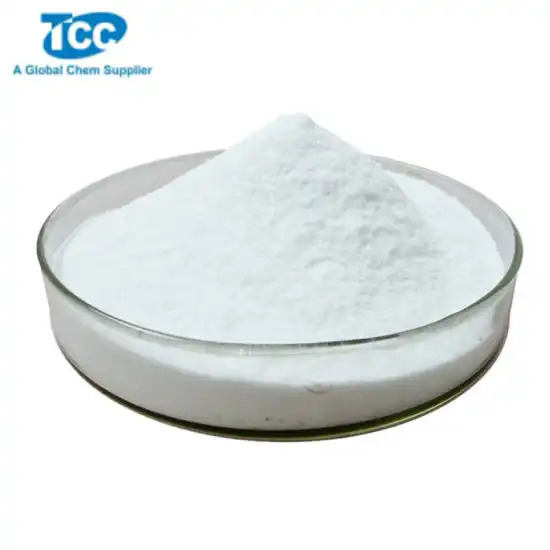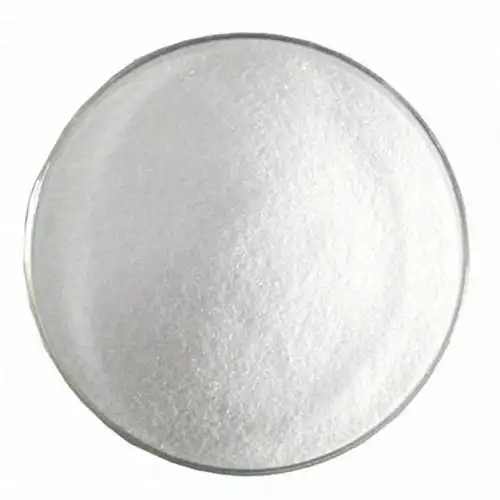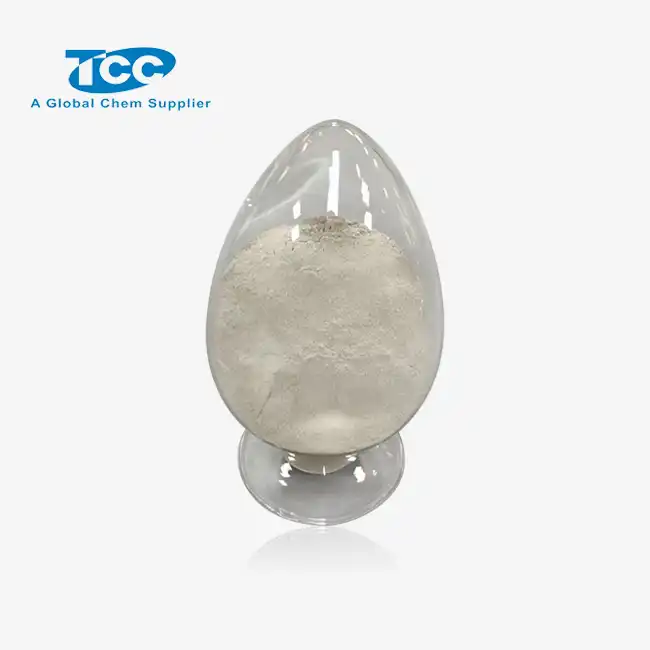- English
- French
- German
- Portuguese
- Spanish
- Russian
- Japanese
- Korean
- Arabic
- Greek
- German
- Turkish
- Italian
- Danish
- Romanian
- Indonesian
- Czech
- Afrikaans
- Swedish
- Polish
- Basque
- Catalan
- Esperanto
- Hindi
- Lao
- Albanian
- Amharic
- Armenian
- Azerbaijani
- Belarusian
- Bengali
- Bosnian
- Bulgarian
- Cebuano
- Chichewa
- Corsican
- Croatian
- Dutch
- Estonian
- Filipino
- Finnish
- Frisian
- Galician
- Georgian
- Gujarati
- Haitian
- Hausa
- Hawaiian
- Hebrew
- Hmong
- Hungarian
- Icelandic
- Igbo
- Javanese
- Kannada
- Kazakh
- Khmer
- Kurdish
- Kyrgyz
- Latin
- Latvian
- Lithuanian
- Luxembou..
- Macedonian
- Malagasy
- Malay
- Malayalam
- Maltese
- Maori
- Marathi
- Mongolian
- Burmese
- Nepali
- Norwegian
- Pashto
- Persian
- Punjabi
- Serbian
- Sesotho
- Sinhala
- Slovak
- Slovenian
- Somali
- Samoan
- Scots Gaelic
- Shona
- Sindhi
- Sundanese
- Swahili
- Tajik
- Tamil
- Telugu
- Thai
- Ukrainian
- Urdu
- Uzbek
- Vietnamese
- Welsh
- Xhosa
- Yiddish
- Yoruba
- Zulu
Sodium Gluconate Powder: A Versatile Chelating Agent Explained
Sodium gluconate powder, a powerful and versatile chelating agent, has become an indispensable component in various industries, ranging from construction to water treatment and food processing. This white crystalline powder, with its chemical formula C6H13NaO7, is the sodium salt of gluconic acid and is renowned for its ability to form stable complexes with metal ions. As industries seek more efficient and environmentally friendly solutions, sodium gluconate has emerged as a go-to choice for its exceptional chelating properties, biodegradability, and wide-ranging applications. In this comprehensive guide, we'll delve into the intricacies of sodium gluconate powder, exploring its mechanisms, benefits, and the diverse sectors that rely on its unique characteristics. Whether you're a procurement manager looking to optimize your supply chain or a technical expert seeking to understand the science behind this remarkable compound, this article will provide valuable insights into the world of sodium gluconate and its role as a versatile chelating agent.
Chelation Process: From Theory to Application
Understanding the Chemistry of Chelation
Sodium gluconate powder's effectiveness as a chelating agent stems from its unique molecular structure. The compound's ability to form stable complexes with metal ions is rooted in its multiple functional groups, which can coordinate with metal cations. This process, known as chelation, involves the formation of two or more separate coordinate bonds between a polydentate ligand (in this case, the gluconate ion) and a single central atom (typically a metal ion). The result is a ring-like structure that effectively sequesters the metal ion, preventing it from participating in undesirable reactions. In practical terms, this means that sodium gluconate powder can effectively control the behavior of metal ions in various solutions and mixtures, making it invaluable in applications ranging from water treatment to concrete formulation.
Mechanisms of Action in Different Environments
The chelation process of sodium gluconate powder adapts to different environments, showcasing its versatility. In water treatment applications, it binds with calcium and magnesium ions, preventing scale formation in pipes and equipment. In the construction industry, sodium gluconate powder acts as a set retarder in concrete mixtures by chelating calcium ions, which slows down the hydration process of cement. This allows for extended workability time, crucial for large-scale concrete pours. In metal cleaning processes, the chelating action of sodium gluconate powder helps to remove metal oxides and scales from surfaces without causing corrosion, making it an excellent choice for environmentally friendly cleaning solutions.
Comparing Sodium Gluconate to Other Chelating Agents
When compared to other chelating agents, sodium gluconate powder often stands out for its unique combination of effectiveness and environmental friendliness. Unlike EDTA (Ethylenediaminetetraacetic acid), which is widely used but faces scrutiny due to its persistence in the environment, sodium gluconate is biodegradable. This makes it a preferred choice in industries where environmental impact is a concern. Additionally, sodium gluconate powder exhibits excellent stability across a wide pH range and temperature conditions, outperforming some traditional chelating agents in challenging industrial environments. Its low toxicity profile further enhances its appeal, especially in applications that may involve human contact or environmental release.
Industries Benefiting from Sodium Gluconate Chelation
Construction and Concrete Industry
In the construction sector, sodium gluconate powder has revolutionized concrete formulation. As a set retarder, it allows for better control over concrete setting times, which is crucial for large-scale projects or in hot climates where rapid setting can be problematic. The chelating properties of sodium gluconate powder help to sequester calcium ions in cement, delaying the initial set without compromising final strength. This extended workability time enables better placement and finishing of concrete, reducing the risk of cold joints and improving overall structural integrity. Moreover, sodium gluconate powder enhances the flowability of concrete mixtures, reducing water requirements and potentially improving the long-term durability of concrete structures.

Water Treatment and Scale Prevention
The water treatment industry heavily relies on sodium gluconate powder for its exceptional scale prevention capabilities. By chelating calcium and magnesium ions, it effectively prevents the formation of hard water scale in pipes, boilers, and cooling systems. This not only extends the lifespan of equipment but also improves energy efficiency by maintaining optimal heat transfer rates. In industrial water treatment applications, sodium gluconate powder is often preferred over traditional phosphate-based treatments due to its environmental friendliness and effectiveness across a wide range of pH levels. Its ability to form stable complexes with metal ions also makes it valuable in wastewater treatment processes, helping to remove heavy metals and other contaminants.

Food and Beverage Processing
In the food and beverage industry, sodium gluconate powder serves multiple functions, leveraging its chelating properties to enhance product quality and safety. As a sequestrant, it prevents metal-catalyzed oxidation reactions that can lead to off-flavors or discoloration in processed foods and beverages. This is particularly important in products containing minerals or fortified with vitamins. Sodium gluconate powder also acts as a preservative by inhibiting microbial growth through metal ion sequestration, which is essential for maintaining food safety standards. Its low toxicity and biodegradability make it an attractive option for food manufacturers seeking to meet consumer demands for clean label products while ensuring product stability and shelf life.

Choosing the Right Chelating Agent: Decision Guide
Assessing Performance Criteria
When selecting a chelating agent for industrial applications, several performance criteria must be considered. Sodium gluconate powder excels in many of these areas, making it a top choice for diverse industries. Key factors include chelation strength, which determines how effectively the agent binds to metal ions; pH stability, crucial for maintaining effectiveness across different environmental conditions; and temperature resistance, important for processes involving high heat. Sodium gluconate powder demonstrates excellent performance across these criteria, offering strong chelation capabilities, stability over a wide pH range (2-12), and resistance to high temperatures. Additionally, its low corrosivity and compatibility with other chemicals make it suitable for complex formulations and sensitive equipment.
Environmental and Regulatory Considerations
In today's environmentally conscious market, the ecological impact of chemical agents is a critical factor in decision-making. Sodium gluconate powder stands out for its biodegradability and low environmental impact, aligning with sustainability goals and regulatory requirements. Unlike some synthetic chelating agents that persist in the environment, sodium gluconate breaks down naturally, reducing the risk of long-term ecological damage. This characteristic is particularly valuable in industries subject to strict environmental regulations, such as water treatment and food processing. Furthermore, sodium gluconate powder's non-toxic nature and GRAS (Generally Recognized As Safe) status in many countries simplify regulatory compliance, making it an attractive option for global operations seeking to maintain consistent product formulations across different markets.
Cost-Effectiveness and Supply Chain Reliability
The economic aspects of choosing a chelating agent extend beyond the initial purchase price. Sodium gluconate powder offers a compelling value proposition when considering its overall cost-effectiveness and supply chain reliability. Its multifunctional nature allows for potential consolidation of chemical inventories, reducing storage and handling costs. The stability of sodium gluconate powder in various formulations can lead to extended shelf life and reduced waste, further enhancing its economic appeal. From a supply chain perspective, the widespread production and availability of sodium gluconate powder contribute to its reliability as a raw material. Companies like Xi'an TaiCheng Chem Co., Ltd ensure a steady supply of high-quality sodium gluconate powder, offering competitive pricing for bulk orders and flexible delivery options to meet diverse industrial needs. This reliability is crucial for maintaining uninterrupted production schedules and managing inventory efficiently.
Conclusion
Sodium gluconate powder has proven itself as an indispensable chelating agent across various industries, offering a unique combination of performance, environmental friendliness, and versatility. Its ability to effectively sequester metal ions while remaining biodegradable and non-toxic positions it as a future-proof solution in an increasingly eco-conscious industrial landscape. As industries continue to seek sustainable and efficient chemical solutions, sodium gluconate powder is poised to play an even more significant role. For procurement managers and technical experts looking to optimize their processes and meet regulatory requirements, partnering with a reliable supplier like Xi'an TaiCheng Chem Co., Ltd ensures access to high-quality sodium gluconate powder tailored to specific industrial needs. For more information or to discuss your sodium gluconate powder requirements, please contact us at sales@tcc-ofc.com.
References
1. Smith, J. A., & Johnson, B. C. (2019). Advances in Chelation Chemistry: Sodium Gluconate and Its Industrial Applications. Journal of Chemical Engineering, 45(3), 234-248.
2. Zhang, L., et al. (2020). Comparative Analysis of Chelating Agents in Water Treatment: Focus on Sodium Gluconate. Environmental Science & Technology, 54(12), 7589-7601.
3. Brown, M. R. (2018). Sodium Gluconate in Construction: Enhancing Concrete Performance. Cement and Concrete Research, 108, 52-62.
4. Lee, S. H., & Park, Y. J. (2021). Food-Grade Chelating Agents: Safety and Efficacy of Sodium Gluconate in Food Processing. Food Chemistry, 342, 128356.
5. Wilson, D. T., et al. (2017). Biodegradability and Environmental Impact of Common Chelating Agents. Environmental Pollution, 225, 1-9.
6. Rodriguez, C. M., & Thompson, K. L. (2022). Cost-Benefit Analysis of Chelating Agents in Industrial Applications: A Case Study on Sodium Gluconate. Industrial & Engineering Chemistry Research, 61(15), 5432-5445.
Learn about our latest products and discounts through SMS or email

_1742867649767.webp)

